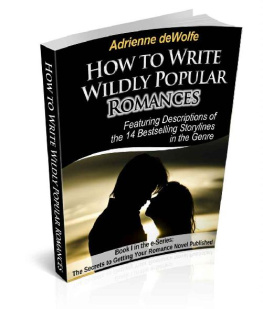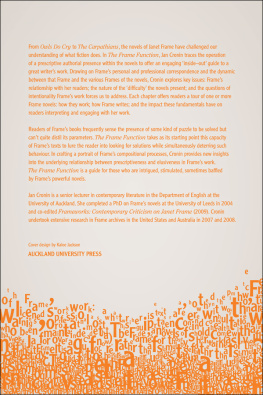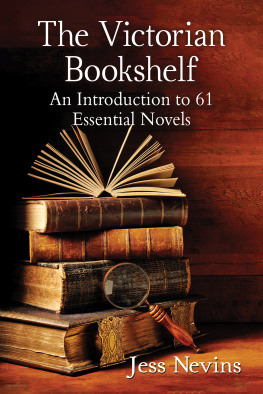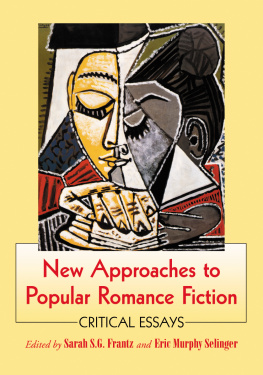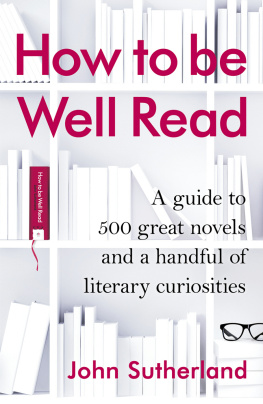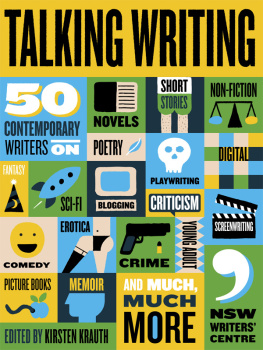VICTORIAN SOCIAL ACTIVISTS NOVELS
CONTENTS OF THE EDITION
VOLUME 1
General Introduction
Caroline Norton, The Wife
Millicent Garrett Fawcett, Janet Doncaster
VOLUME 2
Ellice Jane Hopkins, Rose Turquand
VOLUME 3
Mary Eleanor Benson, At Sundry Times and in Divers Manners
VOLUME 4
Margaret Todd, Mona Maclean, Medical Student
VICTORIAN SOCIAL ACTIVISTS NOVELS
Edited by
Oliver Lovesey
Volume 1
General Introduction
Caroline Norton, The Wife (1835)
Millicent Garrett Fawcett, Janet Doncaster (1875)
First published 2011 by Pickering & Chatto (Publishers) Limited
Published 2016 by Routledge
2 Park Square, Milton Park, Abingdon, Oxon OX14 4RN
711 Third Avenue, New York, NY 10017, USA
Routledge is a n imprint of the Taylor & Francis Group, an informa business
Copyright Taylor & Francis 2011
Copyright Editorial material Oliver Lovesey 2011
All rights reserved, including those of translation into foreign languages. No part of this book may be reprinted or reproduced or utilised in any form or by any electronic, mechanical, or other means, now known or hereafter invented, including photocopying and recording, or in any information storage or retrieval system, without permission in writing from the publishers.
Notice:
Product or corporate names may be trademarks or registered trademarks, and are used only for identification and explanation without intent to infringe.
BRITISH LIBRARY CATALOGUING IN PUBLICATION DATA
Victorian social activists novels.
1. Women Social conditions Fiction.
I. Lovesey, Oliver.
823.808-dc22
ISBN-13: 978-1-85196-629-5 (set)
Typeset by Pickering & Chatto (Publishers) Limited
CONTENTS
I wish to thank a number of individuals who have contributed to Victorian Social Activists Novels in various ways over a number of years. My research assistants Alicia Waters, Olena Guseva, and Sara Wells have offered support at various stages, and Barry Fuller has provided invaluable aid over many years. Lorin Card assisted with French translation in volume II. Diana Stoliker and Rose Cress-well at the library of UBC, Okanagan Campus provided material assistance in accessing textual resources. The Victorian scholars Elizabeth Crawford, Janet Howarth, Juliet McMaster, and Sue Morgan have offered research advice at various stages. Marie Loughlin has provided assistance and encouragement in all ways, emotional, editorial, and spiritual. All errors are mine.
I also wish to acknowledge the assistance of a research grant from the Social Sciences and Humanities Research Council of Canada (SSHRC) and of another research grant from UBC, Okanagan Campuss Grants in Aid programme that have greatly assisted in the completion of this project.
Victorian Social Activists Novels collects a number of long-overlooked first novels by writers best known for their social activism. These novels by well-known law reform campaigner Caroline Norton (180877), suffrage activist Millicent Garrett Fawcett (18471929), social purity writer and organizer Ellice Jane Hopkins (18361904), social work innovator Mary Eleanor Benson (186390), and womens medical education advocate Margaret Todd (18591918) suggest links to their writings on social questions (prominent examples of which appear in each volumes appendices). These novels by social activists also more generally provoke questions about the nature of Victorian fictions intervention in the sphere of social activism. While the novel genre was recognized as a vehicle for social reform by the Victorians, these five novelists and their novels were not recognized as a distinct group in their own time. With the possible exception of Mona Maclean, Medical Student (1892), these texts have largely resisted the efforts of the reclamation project of non-canonical novels over the last forty years of Victorian scholarship, inaugurated by feminist literary historians, and new historicist, postcolonial, gay and disability studies, as well as studies of the history of print culture. They have resisted rediscovery, clinging to their status as the underread,1 partly as they do not address narrow themes or fit easily into distinct categories of genre such as the roman thse, silver fork novel, the novel of manners, the divorce novel, the female Bildungsroman, sensation fiction, the condition of England or the industrial novel, the socialist novel, new women fiction, the novel of vocation, lesbian fiction or juvenile fiction. In terms of genre, however, most of these novels are characterized by an uneasy hybridity and display features of two or more of these forms,2 the outcome of the crisis of representation confronting first-time novelists who in most cases already had well-established reputations in activist work. Moreover, they had to accommodate or undermine fictional conventions with their conservative ideological underpinning. This unresolved generic hybridity may have convinced Fawcett, Hopkins and Benson not to write more than a single novel. These five novels by writers best known, when they are known, for their other work are combined here as a representative, but by no means definitive collection of novels by social activists. In addition to their own intrinsic merits and interest, these novels all engage with matters of concern to scholars of Victorian literary history and culture. This collection addresses the role of fiction in these mostly upper-class womens involvement in social activism and their sometimes ambivalent relationship with the womens movement as well as their willingness to negotiate with the Victorian political, legal and religious establishment.3 All of the novels engage with questions of female vocation, marriage rights and sexual politics, the intersection of the personal and the political, and nearly all have extensive treatments of physical or psychological disability or of what Maria Frawley terms the Victorian culture of invalidism.4
The writers of these novels were involved in various types of activism, using approaches ranging from conservative amelioration to outspoken militancy, in legal, political, moral, social and professional domains. The term social activist, despite its distinctly unVictorian resonance, is used here to designate the writers very different interventions in the public sphere as they sought to enact change by using a variety of tactics. A recent controversy highlights the sensitivity of such designations, in connection with the labelling of some of those who fought for womens suffrage. Christopher Bearman recently has compared the actions of some suffragettes to those of contemporary international and domestic terrorists, contending provocatively that similarities have been conveniently overlooked by contemporary feminist historians who have ignored acts of violence.5 The activists represented here, however they are to be designated, primarily sought gradual, incremental change within state institutions like Parliament and the Church, or professional bodies, and through powerful men and women, though their outrage at the injustices surrounding them in society was incendiary. Some lobbied via public letters, even addressed to the Queen, and the periodical press (Norton); or organized groups of likeminded individuals or unified such groups into networks of umbrella organizations, wrote articles for the periodical press, and spoke publically, and also demonstrated (Fawcett); or organized and disseminated information through pamphlets and rousing public addresses, letter writing and lobbying powerful bishops (Hopkins); or wrote about their observations of social problems for the periodical press and in documentary accounts (Benson); or published articles, supported and promoted the work of other pioneers, and themselves embodied a pioneering spirit through their professional accomplishments (Todd).


